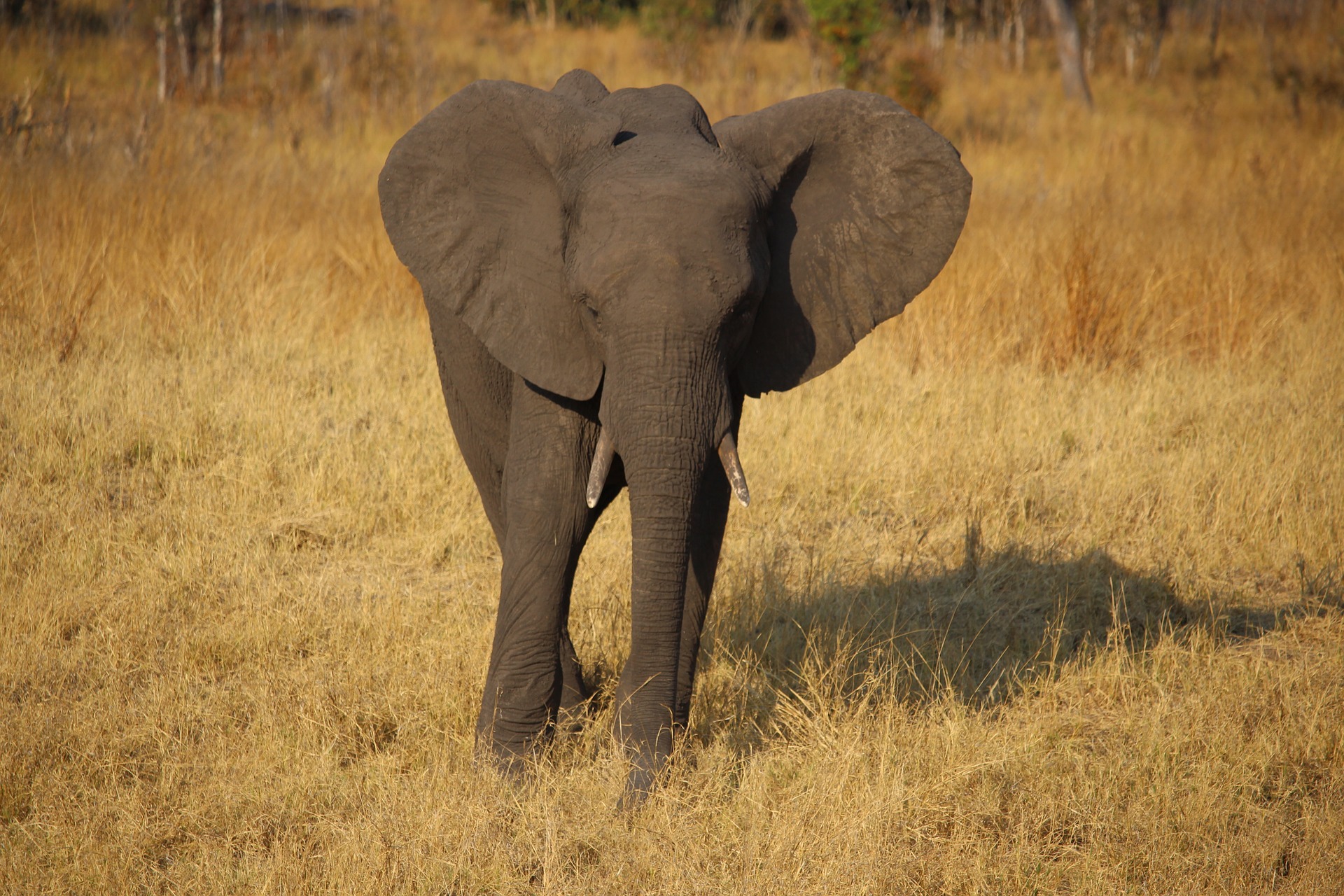The dentist who shot Cecil the Lion can rest easy. Animal lovers have a new villain in Zimbabwe — climate change.
This week, Zimbabwe put its wildlife up for sale in an effort save the animals from a devastating drought, Reuters reports. The state Parks and Wildlife Management Authority reached out to buyers “with the capacity to acquire and manage wildlife” and enough land to house the beasts. The agency did not specify exactly which animals would be sold, their cost, or whether they could be exported to foreign countries. Large mammals, including elephants, rhinos and lions, are plentiful in Zimbabwe’s parks.
The drought has strained the resources of the parks authority, which receives meager government funding and limited income from hunting and tourism. Facing water shortages and financial hardship, Zimbabwe’s Hwange National Park has turned to donors to pay the cost of pumping underground wells to provide water for wildlife, including elephants.
Selling animals would ease demand for increasingly scarce resources and bring additional funds to parks. Last year, Zimbabwe sold 60 baby elephants from Hwange to buyers in China, the UAE, and France at a price of roughly $38,000 a head in an effort to reduce overpopulation. Though the details of this year’s sale aren’t clear yet, a government official did note the high cost of keeping the park’s elephants.
“Because of the bad weather, including drought, we cannot keep the large population of elephants any longer. They consume lots of water, and they need lots of food, which we cannot afford,” said Oppah Muchinguri, Zimbabwe’s minister of environment, according to China Daily.
Zimbabwe’s drought has been exacerbated by El Niño. It’s hard to say yet whether human-caused climate change played a role in this particular drought, but consistent with projections from the UN Intergovernmental Panel on Climate Change, Zimbabwe and surrounding countries have seen rising temperatures and reduced rainfall.
South Africa, Zimbabwe’s southern neighbor, currently faces its worst drought on record. Water scarcity has done more than imperil wildlife in the region. Drought has ravaged agriculture, withering crops and leveling herds of cattle.
One in four Zimbabweans now face food shortages, leading President Robert Mugabe to declare a state of disaster in hard-hit areas. Zimbabwe has since called for $1.6 billion in aid. Funds would be used to import grain, upgrade irrigation infrastructure, and support a nutrition program for young children. The amount requested is roughly equal to 12 percent of the country’s GDP, making Zimbabwe’s drought the country’s most expensive weather-related natural disaster ever.
The announcement came at the start of the hottest February on record. According to a report from the Word Bank, rain-fed agriculture employs more than half of Zimbabwe’s population and sustains the large majority. By 2050, climate change could reduce the per capita availability of water in the country by as much as 38 percent, threatening severe economic hardship. The sale of Zimbabwe’s wildlife is just one symptom of the unrelenting drought.
Morgan Tsvangirai, leader of Zimbabwe’s opposition movement, said the country is facing “a very serious national crisis.”
Jeremy Deaton writes for Nexus Media, a syndicated news service covering climate, energy, policy, art and culture. You can follow him @deaton_jeremy.
